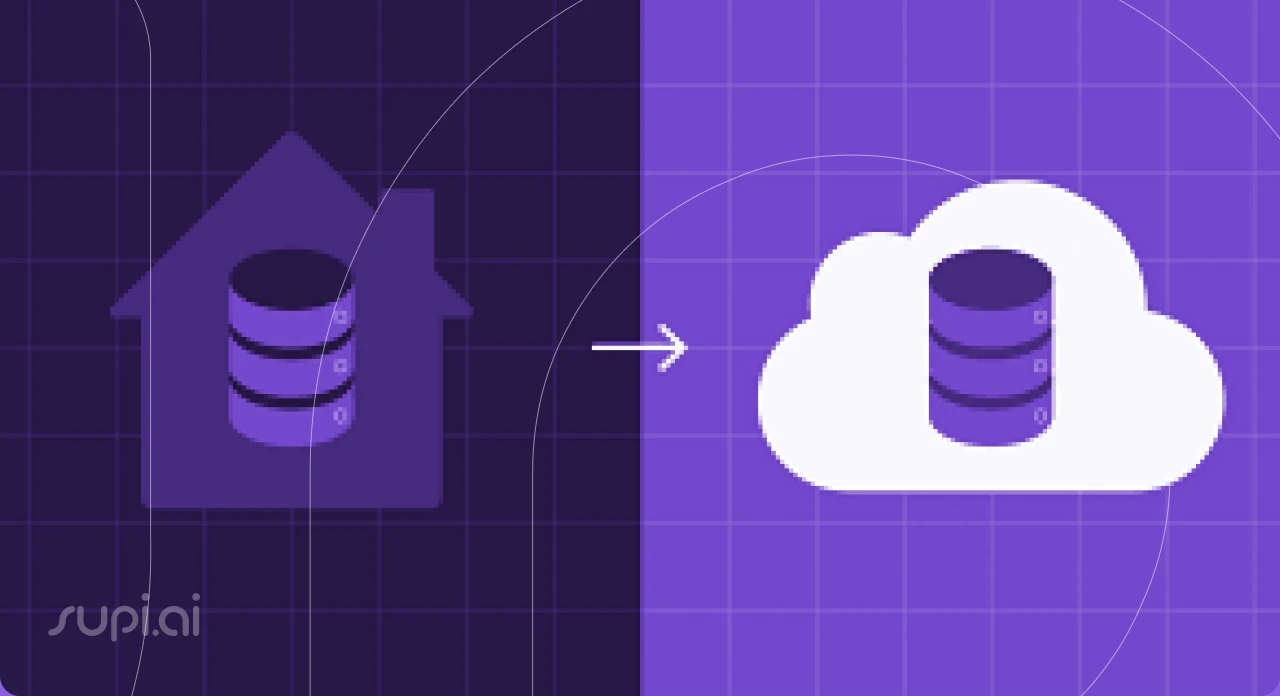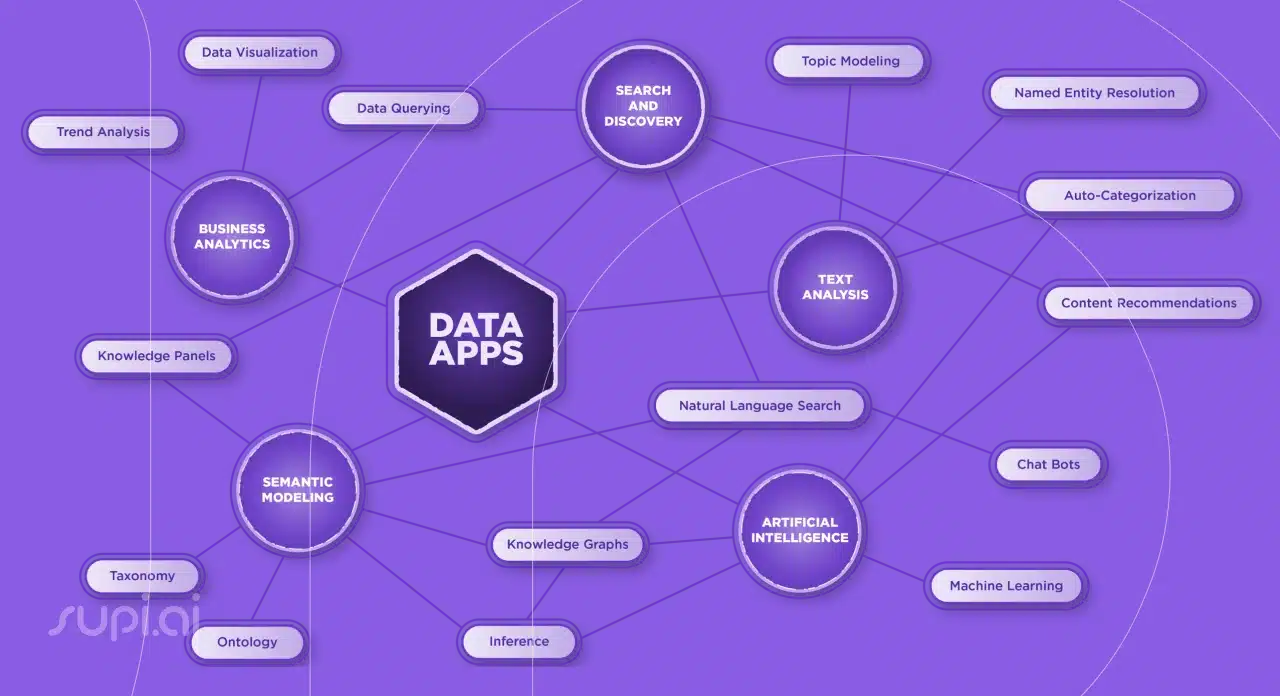Welcome to the world of hybrid data integration solutions! In today’s data-driven landscape, integrating data efficiently is more crucial than ever. A hybrid data integration solution combines the best of both on-premise and cloud systems, offering a dynamic approach to managing your data. In this article, we’ll explore eight compelling reasons to consider a hybrid data integration solution for your business.
Understanding Data Integration
Before diving into hybrid solutions, let’s clarify what data integration entails. Essentially, it’s the process of combining data from different sources to provide a unified view. This process has traditionally been handled by on-premise systems, but with the rise of cloud technology, hybrid data integration has become a game-changer.

Traditional Data Integration
Traditional data integration methods rely heavily on on-premise systems. These systems, though reliable, often struggle with flexibility and scalability. They can be cumbersome to manage and may not easily adapt to the rapid growth of data or evolving business needs.
Challenges with Traditional Methods
Traditional methods come with a slew of challenges. They often involve high maintenance costs, complex upgrades, and difficulty in scaling. These systems can become bottlenecks, hindering the agility of modern businesses that need to pivot quickly based on data insights.
Introduction to Hybrid Data Integration
Enter hybrid data integration solutions. These solutions blend on-premise and cloud capabilities, offering the flexibility to store and process data where it makes the most sense. This hybrid approach provides unique advantages over traditional methods, making it an attractive option for businesses aiming to stay competitive.

8 Key Reasons to Consider a Hybrid Data Integration Solution
Now, let’s delve into the eight key reasons why you should consider a hybrid data integration solution. These reasons highlight how hybrid solutions can transform your data management strategy, making it more efficient, secure, and adaptable.
Enhanced Flexibility and Scalability
One of the standout benefits of hybrid data integration is its enhanced flexibility and scalability. Unlike traditional systems, hybrid solutions can easily adapt to changing business needs and scale with data growth. This ensures that as your business expands, your data integration system grows with it, maintaining smooth and efficient operations.
Adaptability to Business Needs
Hybrid solutions are incredibly adaptable. They can be customized to meet the specific requirements of your business, allowing for adjustments as your needs evolve. This adaptability ensures that your data integration strategy remains relevant and effective over time.
Scaling with Data Growth
With hybrid solutions, scaling is seamless. As your data grows, the system can accommodate increasing volumes without sacrificing performance. This scalability is crucial for businesses anticipating significant data expansion in the future.
Improved Data Accessibility
Accessibility is another major advantage of hybrid data integration solutions. They provide seamless access to data, regardless of its location. Whether your data is stored on-premise or in the cloud, it can be accessed in real-time, enhancing decision-making and operational efficiency.
Seamless Data Access
Hybrid solutions eliminate the barriers that often exist between different data systems. They allow for seamless data access and integration, ensuring that your team has the information they need when they need it.
Real-Time Data Availability
Real-time data availability is a game-changer. It ensures that your team can act on the most current information, driving better business outcomes. In today’s fast-paced environment, having immediate access to up-to-date data is critical.
Cost-Effectiveness
Hybrid data integration solutions can be more cost-effective than traditional systems. By leveraging cloud infrastructure, businesses can reduce the need for expensive on-premise hardware and maintenance. Additionally, many hybrid solutions offer pay-as-you-go models, allowing businesses to pay only for the resources they use, significantly lowering costs.
Lower Infrastructure Costs
Utilizing cloud resources helps to cut down on the financial burden associated with maintaining physical infrastructure, such as servers and data centers. This reduction in overhead allows businesses to allocate funds to other critical areas.
Pay-as-You-Go Models
Pay-as-you-go pricing models provide financial flexibility, enabling businesses to scale resources up or down based on demand. This ensures that you only pay for what you use, optimizing your budget.
Better Data Security
Security is a top concern for any business dealing with data. Hybrid data integration solutions often come with advanced security features. These solutions help ensure compliance with regulations and protect sensitive data through encryption, access controls, and continuous monitoring. By combining on-premise security with cloud-based protections, hybrid solutions offer a robust approach to data security.
Advanced Security Features
Hybrid solutions often include advanced security measures such as encryption, multi-factor authentication, and intrusion detection systems. These features work together to protect your data from threats and unauthorized access.
Compliance with Regulations
Ensuring compliance with industry regulations is simpler with hybrid solutions. They provide secure, compliant environments for storing and processing sensitive data, helping your business stay within legal and regulatory bounds.
Simplified Data Management
Managing data across multiple platforms can be daunting, but hybrid integration simplifies this process. Centralized control and streamlined processes make it easier to manage and maintain data, ensuring consistency and reliability.
Centralized Data Control
Hybrid solutions offer centralized management of your data assets, regardless of where they are stored. This centralized control simplifies data governance and management.
Streamlined Processes
Simplified processes reduce the complexity of managing data, ensuring data integrity and consistency across different systems. This streamlining helps in maintaining the accuracy and reliability of your data.
Increased Innovation
Innovation thrives on data. Hybrid data integration enables businesses to leverage their data more effectively, driving innovation and supporting new technologies and initiatives.
Accelerating Data-Driven Initiatives
By providing easy access to comprehensive datasets, hybrid solutions empower businesses to pursue data-driven strategies and initiatives more efficiently. This acceleration can lead to innovative products, services, and processes.
Supporting New Technologies
Hybrid integration supports the adoption of emerging technologies, such as artificial intelligence and machine learning, by providing the necessary data infrastructure. This support allows businesses to stay at the forefront of technological advancements.
Enhanced Collaboration
Hybrid data integration promotes better collaboration by making data more accessible across departments. This facilitates cross-departmental data sharing and improves overall team collaboration.
Improved Team Collaboration
Enhanced data accessibility fosters better communication and collaboration among team members. This leads to more cohesive and effective project outcomes, driving business success.
Facilitating Cross-Departmental Data Sharing
Hybrid solutions break down data silos, making it easier to share and integrate data across different departments and functions. This cross-departmental sharing enhances overall organizational efficiency.
Future-Proofing Your Business
A hybrid data integration solution can help future-proof your business by providing the flexibility and scalability needed to adapt to technological changes and evolving business needs.
Adapting to Technological Changes
Hybrid solutions are designed to adapt to new technologies and trends, ensuring that your data integration strategy remains current and effective. This adaptability is key to staying competitive in a rapidly evolving market.
Ensuring Long-Term Viability
By integrating both on-premise and cloud-based systems, hybrid solutions provide a balanced approach that can adjust to future demands. This long-term viability ensures that your investment in data integration continues to pay off.

Challenges of Hybrid Data Integration
While hybrid data integration solutions offer many benefits, they also come with challenges. Understanding these challenges can help you better prepare for a successful implementation.
Data Silos
Hybrid solutions can sometimes create new data silos if not managed properly. Ensuring seamless integration across all systems is crucial to avoid this issue.
Complexity in Integration
The integration process can be complex, requiring careful planning and execution. This complexity can be mitigated by using advanced integration tools and working with experienced professionals.
Maintenance and Upgrades
Maintaining and upgrading hybrid systems can be challenging. Regular maintenance and updates are necessary to keep the system running smoothly and securely.
Best Practices for Implementing Hybrid Data Integration Solutions
To maximize the benefits of hybrid data integration, consider the following best practices:
Assessing Business Needs
Start by assessing your business needs and objectives. Understanding what you want to achieve with data integration will help you choose the right solution.
Choosing the Right Tools
Select tools that are compatible with your existing systems and can scale with your business. Look for solutions that offer robust security features and seamless integration capabilities.
Ensuring Data Quality
Ensure that your data is accurate and consistent across all systems. Implementing data quality controls and regular audits can help maintain high data standards.
Implementing Strong Security Measures
Prioritize security by implementing strong access controls, encryption, and continuous monitoring. This will help protect your data from threats and ensure compliance with regulations.
Case Studies of Successful Hybrid Data Integration
Let’s look at some industry-specific examples of successful hybrid data integration:
Industry-Specific Examples
In the healthcare industry, a major hospital implemented a hybrid data integration solution to combine patient data from on-premise systems and cloud-based applications. This enabled real-time access to patient records, improving patient care and operational efficiency.
In the retail sector, a leading retailer used hybrid data integration to merge data from physical stores and online platforms. This integration provided a unified view of customer behavior, enhancing marketing strategies and inventory management.
Key Takeaways
These examples highlight how hybrid data integration can drive innovation, improve efficiency, and enhance customer experiences across different industries.
Future Trends in Data Integration
Looking ahead, several trends are shaping the future of data integration:
AI and Machine Learning Integration
Artificial intelligence and machine learning are increasingly being integrated into data systems, enabling more advanced data analysis and decision-making capabilities.
Real-Time Data Processing
The demand for real-time data processing is growing, driven by the need for immediate insights and action. Hybrid solutions are well-equipped to handle this demand.
Increased Use of Cloud Solutions
The adoption of cloud solutions continues to rise, offering scalable and flexible data integration options. This trend is expected to continue, with more businesses leveraging the cloud for their data needs.
Conclusion
Hybrid data integration solutions offer numerous advantages over traditional methods. From enhanced flexibility and scalability to improved data accessibility and cost-effectiveness



